- The completion of the Donghai Bridge created a miracle in the history of bridge building in the world
- The Donghai Bridge creates favorable conditions for the further economic development of Shanghai and the Yangtze River Delta
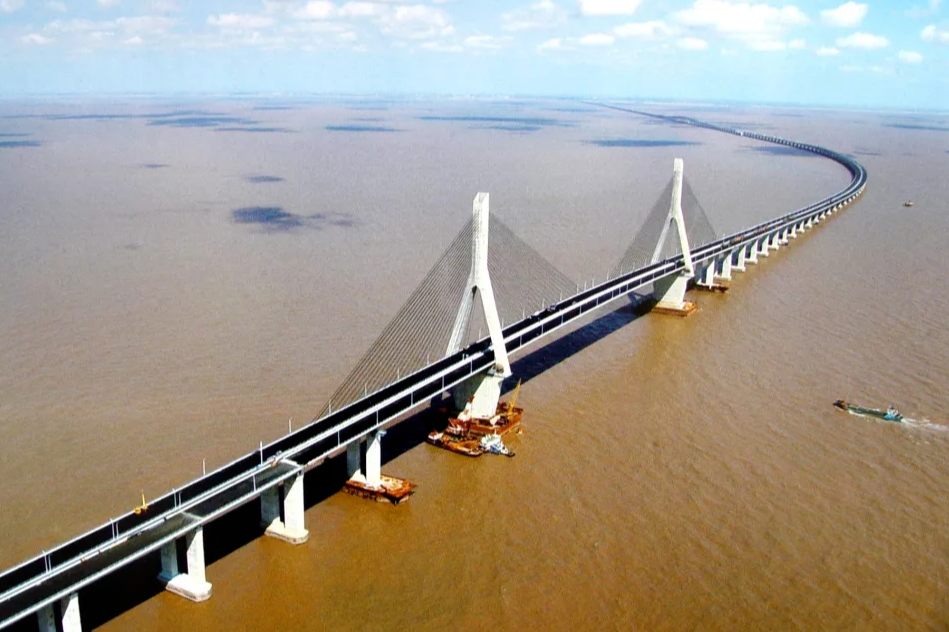
The bridge of the sea and the sky condenses the essence of technology. The Donghai Bridge is a long sea-crossing bridge in Shanghai that crosses the northern waters of Hangzhou Bay to the Yangshan Deepwater Port. With the creative concept of "East China Sea Changhong", it is like a bright rainbow in the East China Sea. With a total length of 32.5 kilometers, it adopts two-way six-lane standard construction and a design speed of 80 kilometers per hour. It is the first bridge in China to propose a 100-year design base period.
The China Communications Third Aviation Institute is one of the three main design units of the Donghai Bridge, and the China Communications First Navigation Bureau and the China Communications Third Navigation Bureau are the main construction units of the bridge. Construction of the bridge started on June 26, 2002, and the first piles were built. At the end of 2005, it was completed at the same time as the first phase of Yangshan Port.
The East China Sea Bridge is located in the open sea. There are many typhoons, monsoons, waves and swells. The number of typhoons, monsoons, waves and swells is strong. It is affected by strong winds for more than 100 days a year. The maximum wave is as high as 13 meters, and the tidal range is as high as 5 meters. It can be constructed discontinuously every year. The time is only 180 days. Engineering construction in sea areas lacking the support of the mainland can only be carried out in the waves and turbulence through equipment such as ships and platforms. In addition, offshore construction has higher requirements for structural anti-corrosion and durability.
In such a construction environment, the bridge needs to lay more than 9,000 foundation piles of various types. Among them, the onshore section uses prestressed concrete pipe piles with a diameter of 0.6 meters, and the non-navigable boreholes mainly use steel pipe piles with a diameter of 1.5 meters, except for the shallow sea section on the side of Luchao Port, which uses some prestressed concrete pipe piles with a diameter of 1.2 meters. The longest pile is 110 meters, which is equivalent to a 40-story building with a diameter of 2.5 meters. It is located at the cable-stayed bridge of the main navigation channel.
A total of 5,697 pile foundations were required to build the tender section of the First Navigation Bureau, and the operation front stretched more than 20 kilometers. Although the First Navigation Bureau is a construction company that operates at sea all year round, it is also facing tremendous pressure. On September 18, 2002, the project sank the first pile, and until the end of that year, despite the hard work of the project team, only 90 piles were driven. The construction progress is facing huge challenges. The project department clearly put forward the slogan of "struggle will be successful, efficiency is benefit", and all employees are required to "as long as conditions permit, never waste a minute and a second."
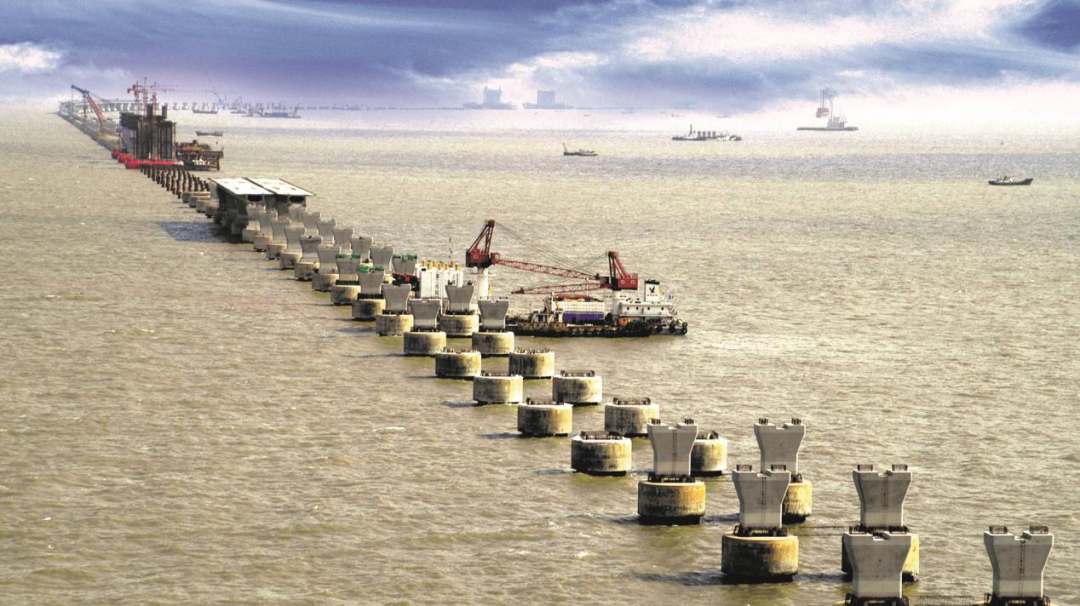
When there is a call, there is action, and the spirit of struggle of the builders of the First Aviation Administration has been stimulated again. Communist Party member Sun Yanpeng, on the 13th day after his wedding, went to the positioning and measurement platform similar to the isolated island, acting as the "eye" of the piling project. There was no water or electricity and no one to speak with him. He stayed on this "isolated island" on the sea. month. Shanghai's "Morning News" called him "modern Robinson," and the report wrote: "In the face of isolated loneliness and hardship, the brilliance of party members illuminates his hopes."
In March 2003, the project entered its busiest period. Pile-driving ships No. 8 and No. 15 have consecutively achieved good results. Among them, No. 15 pile-driving ship has driven 18 piles in 22 hours, setting a new record in the speed of piling projects in the same industry. In June and July 2003, the project achieved more than 600 piles sinking, setting a new record for pile sinking offshore. The First Navigation Bureau also invested in the full-rotation pile-driving crane "Tianwei", known as the "Water Giant" at the time, to fill the gap of China's large multi-purpose engineering ships and demonstrated its great power in the construction of the East China Sea Bridge. Due to the large amount of cast-in-place concrete, the First Navigation Bureau put the country's largest concrete mixing vessel "Mixing No. 5" into the on-site construction, setting a new record for the annual output of offshore concrete to exceed 65,000 cubic meters.
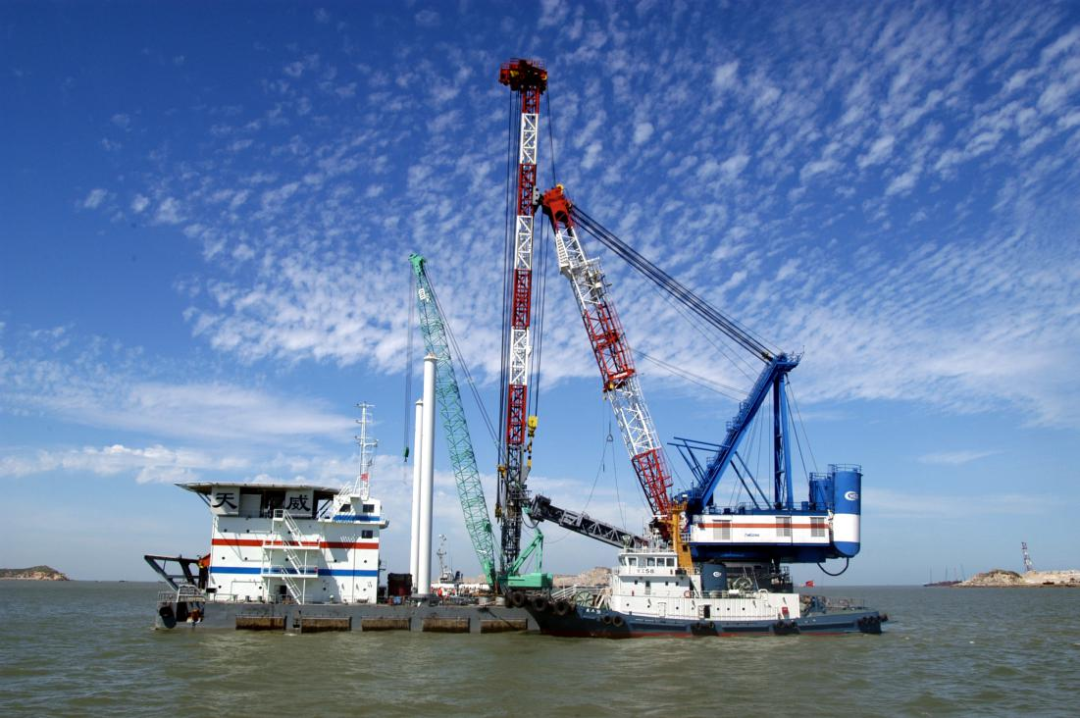
In the piling construction process, the First Navigation Bureau independently developed the "Offshore GPS Pile Driving Positioning System" to implement rapid positioning and the method of arranging wrong cables in all directions by the piling vessel, so that the piling vessel can complete all the foundations of a bridge pier at one time. pile. The successfully developed new type of separate movable structure piling replacement, which has a service life of 20 times longer than that of the original replacement structure. It can drive 200 to 320 piles at a time, which greatly improves the efficiency of piling.
Keywords: central enterprise engineering, engineering news, engineering construction
On May 22, 2004, the First Navigation Bureau completed the offshore pile sinking task 207 days ahead of schedule. On August 3, 2004, the platform pouring task was completed 150 days ahead of schedule, marking the full completion of the contract section of the First Aviation Administration. The owner praised the First Shipping Bureau as "the elite of port and bridge construction".
The Donghai Bridge has filled a gap in the history of bridge construction in China, and has strongly promoted technological progress in the field of bridge construction in China. It is China's first truly cross-sea bridge and the historic first step for Chinese bridges to move from rivers to oceans. Editor/Sang Xiaomei
Comment
 Praise
Praise
 Collect
Collect
 Comment
Comment
 Search
Search


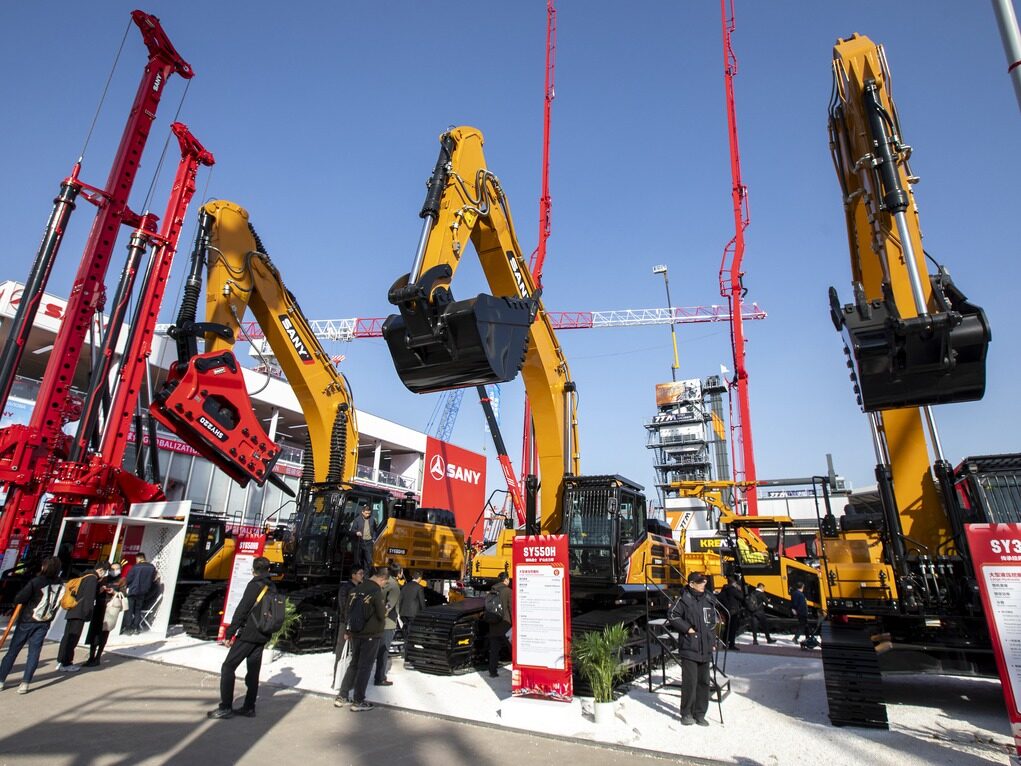
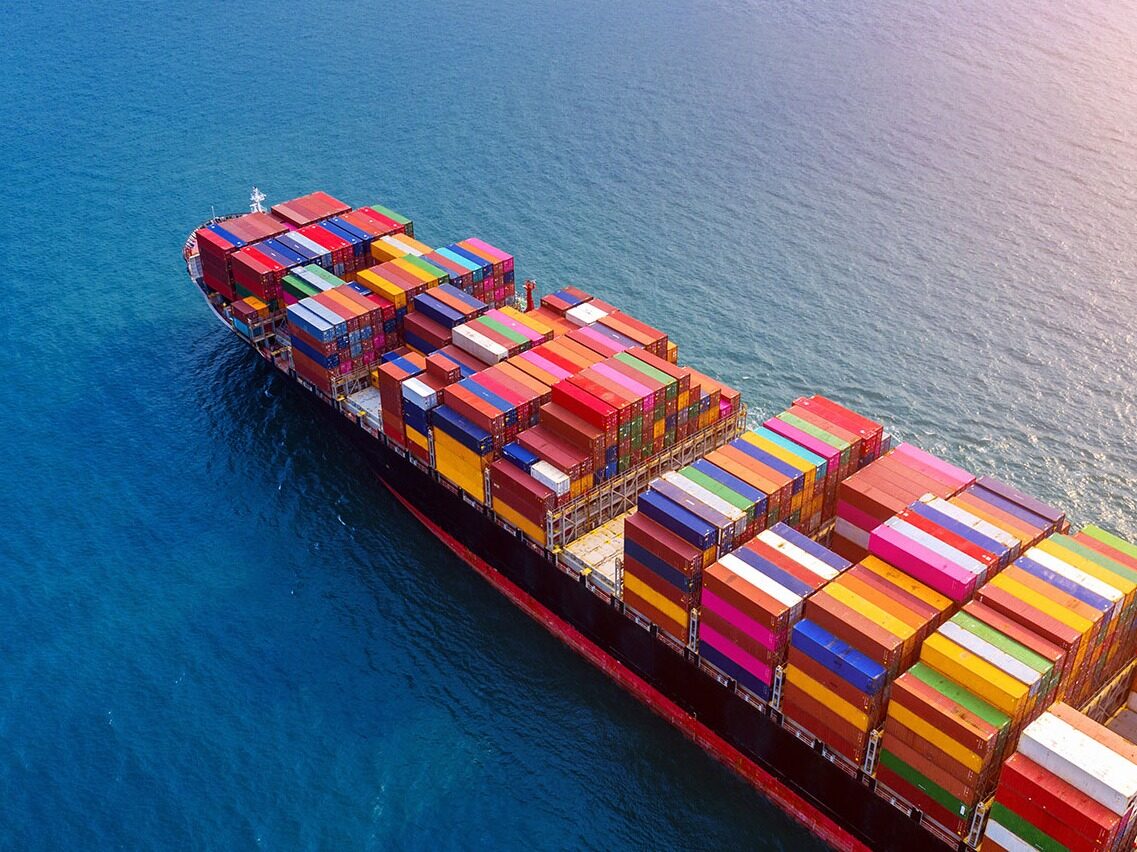

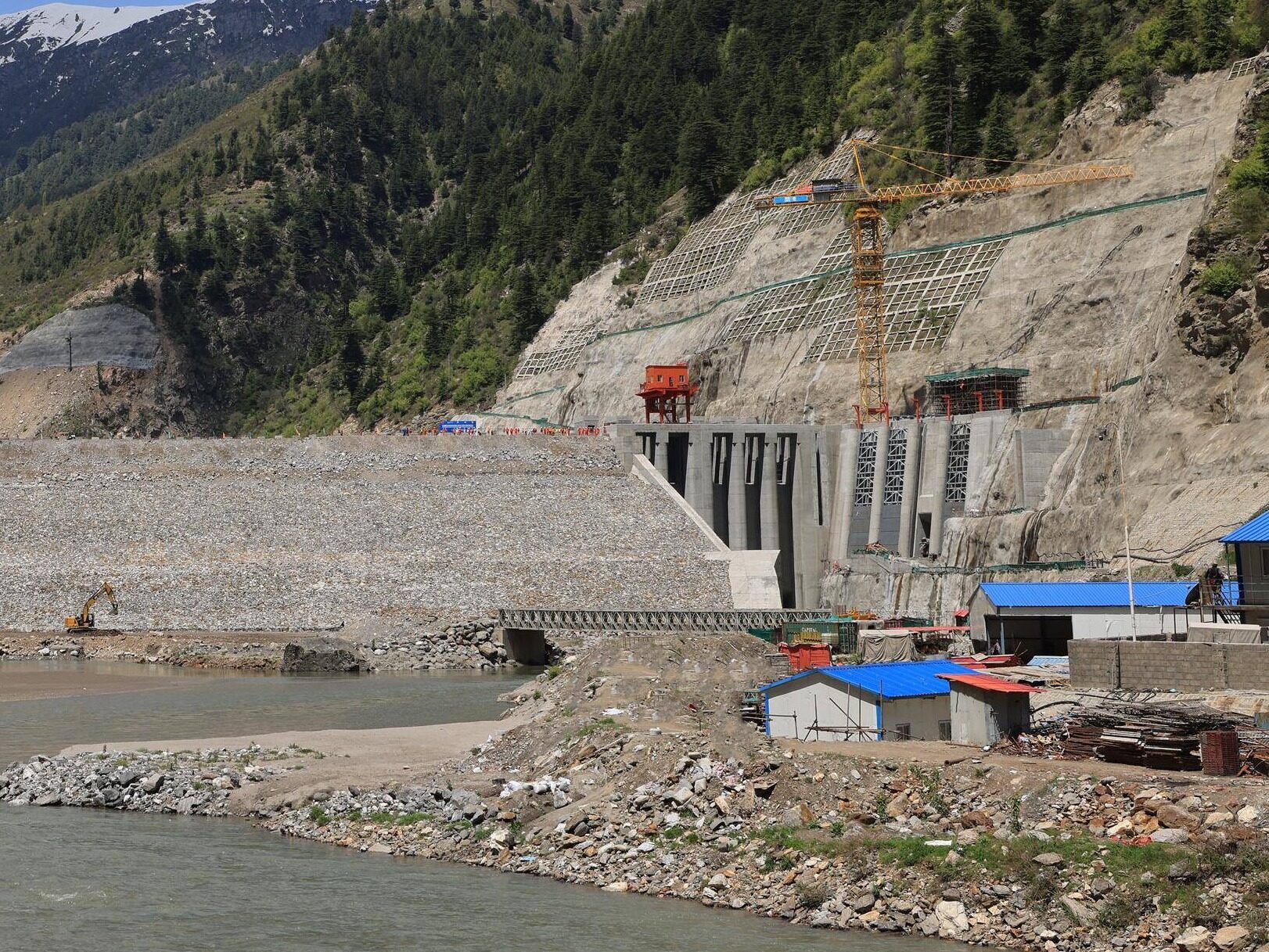
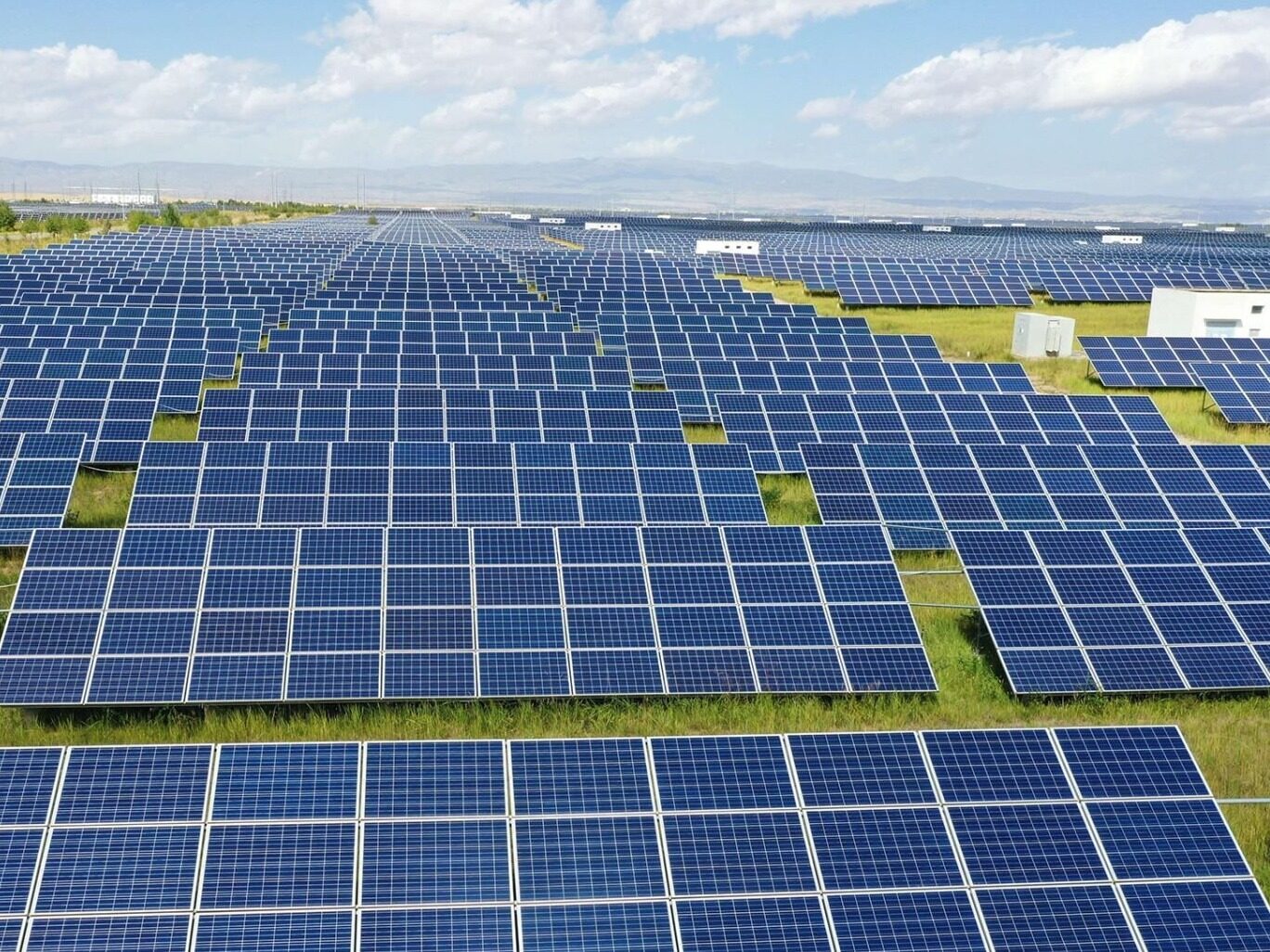







Write something~